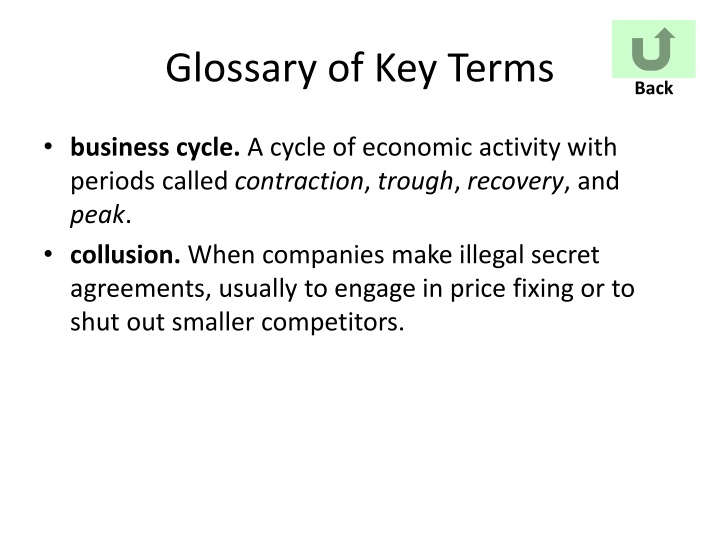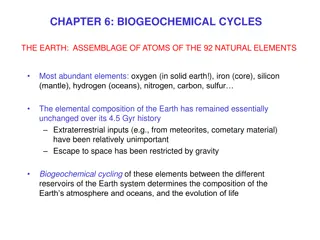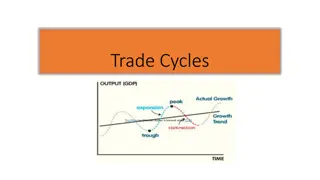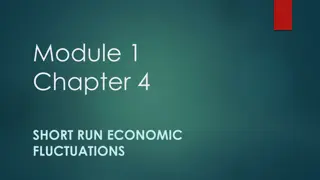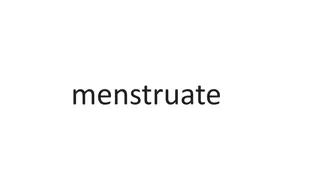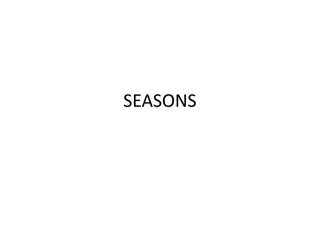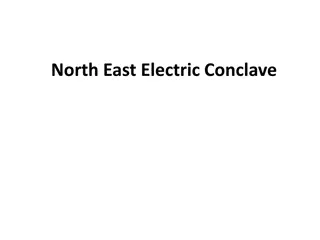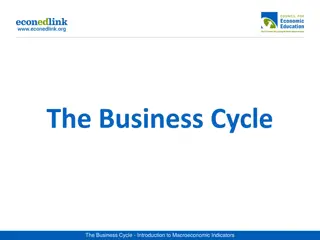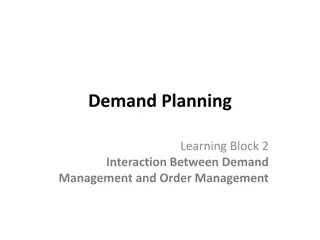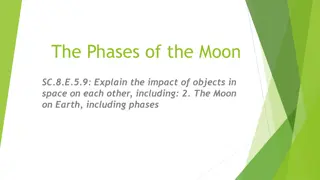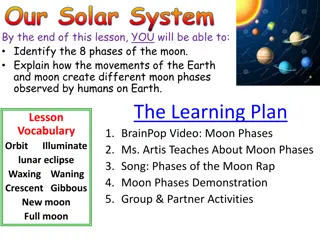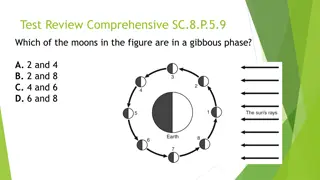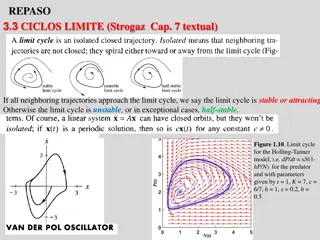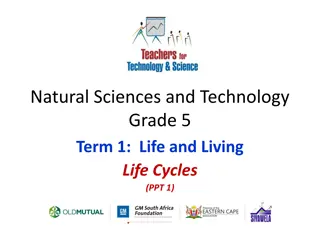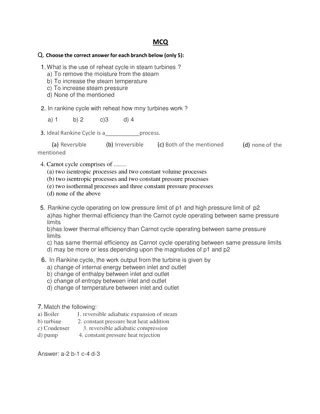Business Cycles and Their Phases
Business cycles are swings in economic activity lasting 2 to 10 years, with phases like recession and expansion. Different theories classify cycles by duration and causes, such as short-term inventory changes or long-term technological innovations.
Download Presentation

Please find below an Image/Link to download the presentation.
The content on the website is provided AS IS for your information and personal use only. It may not be sold, licensed, or shared on other websites without obtaining consent from the author.If you encounter any issues during the download, it is possible that the publisher has removed the file from their server.
You are allowed to download the files provided on this website for personal or commercial use, subject to the condition that they are used lawfully. All files are the property of their respective owners.
The content on the website is provided AS IS for your information and personal use only. It may not be sold, licensed, or shared on other websites without obtaining consent from the author.
E N D
Presentation Transcript
Glossary of Key Terms Back Back business cycle. A cycle of economic activity with periods called contraction, trough, recovery, and peak. collusion. When companies make illegal secret agreements, usually to engage in price fixing or to shut out smaller competitors.
Glossary of Key Terms Back Back consumer price index (CPI). A measurement of changes in the prices of selected consumer goods and services. deficit spending. When government spends more than it collects in tax revenues and must borrow money. depression. An extended period of economic recession.
Glossary of Key Terms Back Back Federal Reserve System. The U.S. government system that regulates the nation s money supply and banking system. It is comprised of the Federal Reserve Board, 12 Federal Reserve Banks, and the Federal Open Market Committee.
Glossary of Key Terms Back Back fiscal policy.The government s taxing and spending decisions. gross domestic product (GDP). The value of all goods and services produced by a nation during a specified period. inflation. An overall increase in the price of goods and services.
Glossary of Key Terms Back Back labor force. Composed of people, age 16 and over, who are employed or looking for and able to work. labor union. A group of workers who unite to negotiate with employers over issues such as pay, health care benefits, and working conditions.
Glossary of Key Terms Back Back monetary policy. Government actions that change the amount of money in circulation by controlling interest rates and credit terms. monopoly. A market situation in which one seller produces the entire output of a given product or service. national debt. The total amount the government owes at a given time.
Glossary of Key Terms Back Back oligopoly. A market situation in which a few large companies dominate an industry. perfect competition. A market structure in which competition between producers results in greater innovation, better service, lower prices, and efficient allocation of resources.
Glossary of Key Terms Back Back recession. An extended period of slow or no economic growth. stagflation. A period of slow growth and high inflation. tax. A fee imposed by a government on income, products, or activities, and paid by citizens and businesses.
Glossary of Key Terms Back Back underemployment. Workers who are employed only part time or who are over qualified for their jobs. unemployment rate. The percentage of the labor force that is out of work and seeking employment.
